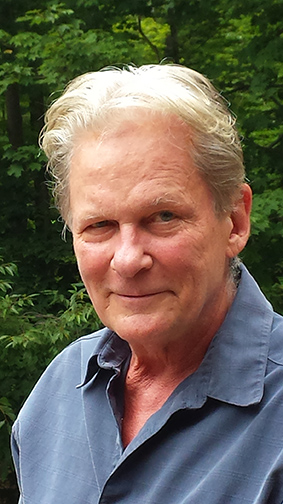My professional career began as a M.A. level special education teacher-counselor for adolescents with severe emotional and behavioral problems with the Positive Education Program (PEP) in its early years. Eventually, I returned to graduate school at the University of Akron, earning the Ph.D. in psychology which had an emphasis more focused on the adult range. In combination, I have had training and experience with those across much of the life span accumulating about thirty years of working with children, adults, and families in schools, agencies, and private practice.
- Although I consider myself to be a “generalist”, working with a wide range of clients and types of problems, I provide some specific specialty services. Among these are working with high-risk acting out kids and teens (and their families), particularly those with intense psychological difficulties such as ADHD and Bipolar Disorders. This can include parenting skills training, and I keep parents involved in their children's progress.
- Drawing on both my educational and psychological backgrounds, I conduct a fair amount of psychological and psycho-educational testing and evaluations, frequently to determine the presence or absence of disorders to be used by physicians, educators, and other professionals in implementing interventions such as medication and education accommodation plans. Other applications of testing include fitness to work and identifying suitability for adoption or applying for clergy programs.
- Additionally, I have completed two training levels of the Gottman Couples Therapy method, bringing a rich and well supported approach to the important matter of relationships between partners. At the core is working on 'listening' to each other's feelings and needs, even when we don't necessarily agree.
My approach to therapy is based primarily on the cognitive behavioral therapy model (CBT) which has two main components. First, learning to identify the irrational thinking we do about our lives and countering these with more rational statements. “I like to get what I want” instead of “I have to get what I want.”; “It's inconvenient and frustrating” instead of “It's horrible!”; and “This is tough, but I can get through it” instead of “I can't stand it!”. It's often hard work, but our feelings and reactions can improve over time the more we practice rational self-talk. Secondly, learning behavioral skills that are more effective and healthier, such as keeping our voice low, making comments about ourselves (I statements) instead of blaming YOU attacks. It focuses mostly on current thinking and behavior.
In addition, therapy may include story telling, guided imagery, breathing and relaxation techniques, sleep and diet hygiene, anger and stress management, body reactions along with our thoughts and feelings, and attending to how we are “Right Now” (which most of the time is at least 'OK') instead dwelling on the problems of the past or the possible problems of the future). Humor is always welcome, too. How many ADHD kids does it take to change a light bulb?” . . . . . . . “Wanna go ride bikes?”. All of these are aimed at helping each to

